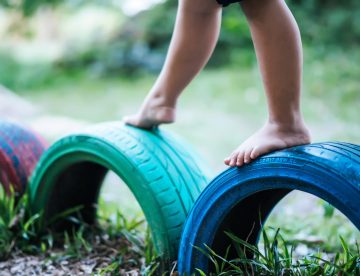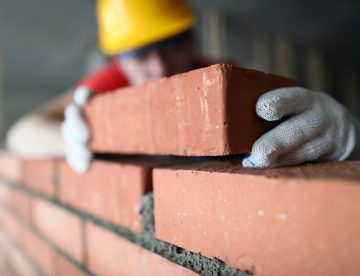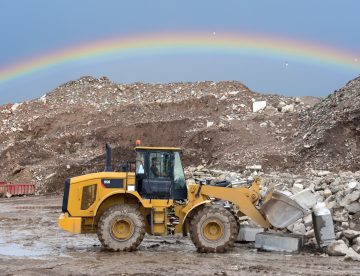
Across the world, it’s estimated that around 1.5 billion vehicle tyres are discarded every year. Most of us have probably never really thought about this or what might be happening to such a mountain of tyres once they’ve been cast off. While some may get strung up to a tree to make a swing, such repurposing is really an exception to the rule. In fact, less than one percent of old vehicle tyres are ever reused, meaning huge quantities wind up in stockpiles and landfill.
Now, researchers from the University of South Australia (UniSA) have come up with something that could not only help to resolve the landfill problem but also provide an economically viable and sustainable alternative to concrete for the construction industry. Read this week’s blog for more about this exciting development.

The humble brick: we work with it every day and probably never really think of it as anything more than a key component of the structures we build.
However, for some people, the brick is just the starting point of an innovative project or an artistic endeavour! So, just for fun, in this week’s blog we’re bringing you two short stories that might make you see bricks in a new light.

Globally, in every town and every city, concrete is used to give our buildings shape and strength. But the huge scale of the concrete industry comes at a cost – it’s estimated that around 7% of the world’s carbon dioxide emissions come from the manufacture and use of cement, which is the main component of concrete.
Now, a team from the University of Tokyo have come up with a new kind of concrete that has the potential to reduce emissions from the construction industry! Read on to find out more about this concrete of the future.

A team of workers from Sheriff have recently spent their weekends improving the outside space at our office, creating a little sanctuary where staff can take a break and nature can flourish. The project has involved clearing away overgrown trees, shrubbery and debris from a stream that runs along the back of the office, as well as creating a small decking area and flower beds which have been seeded with a wild flower mix to support increased biodiversity. On top of this, almost all the materials used were reclaimed from our building sites, thereby saving them from landfill. Take a look at what we’ve done in more detail in this week’s blog.
Over the last few years, our blog has frequently come back to the importance of recycling materials on site to reduce waste. One area we’ve not covered so far, however, is whether it’s possible to find end-uses for more recycled materials within construction projects. The answer is, of course, yes! Not only is it possible,…

